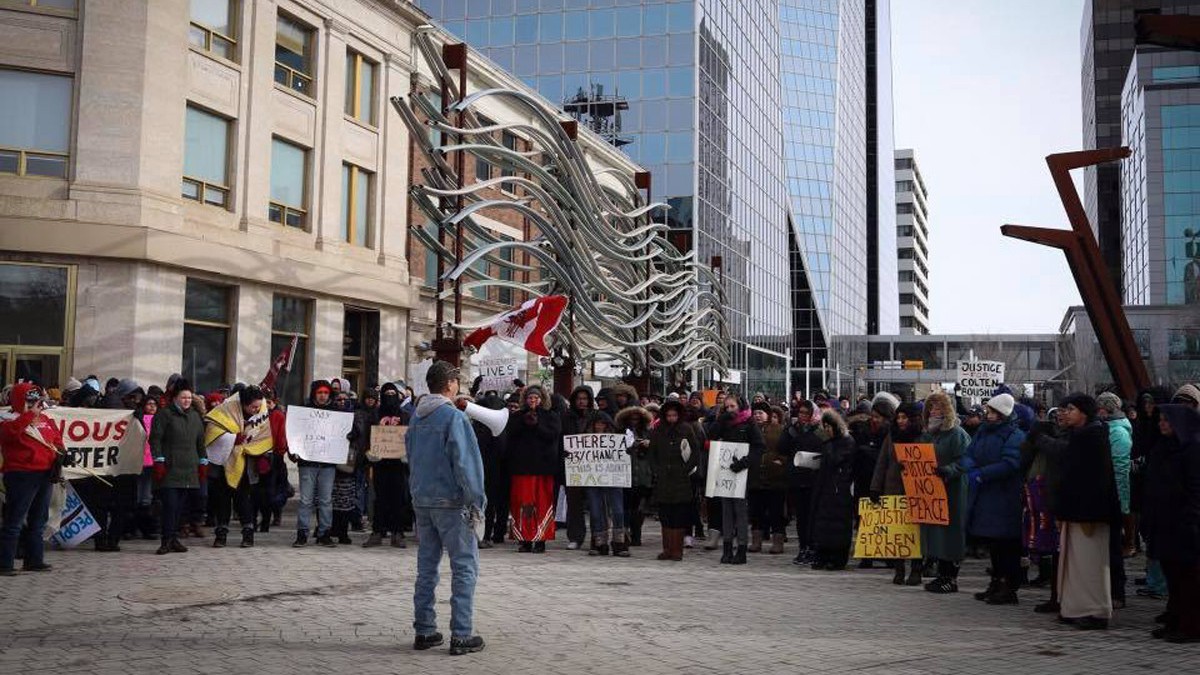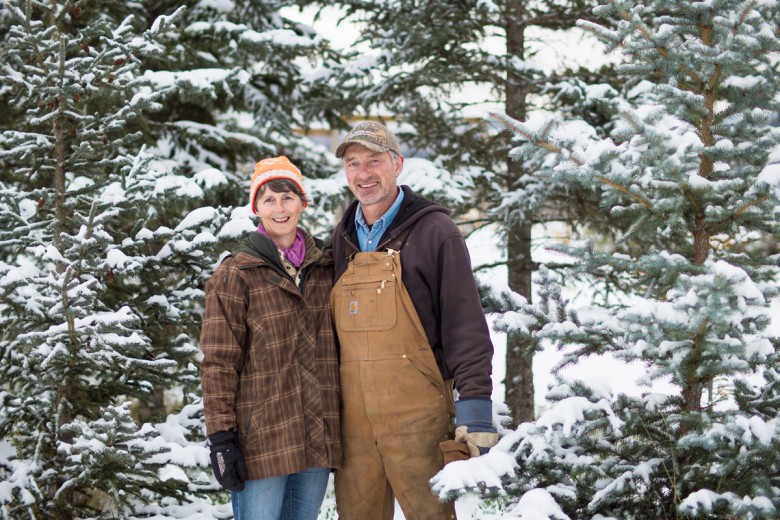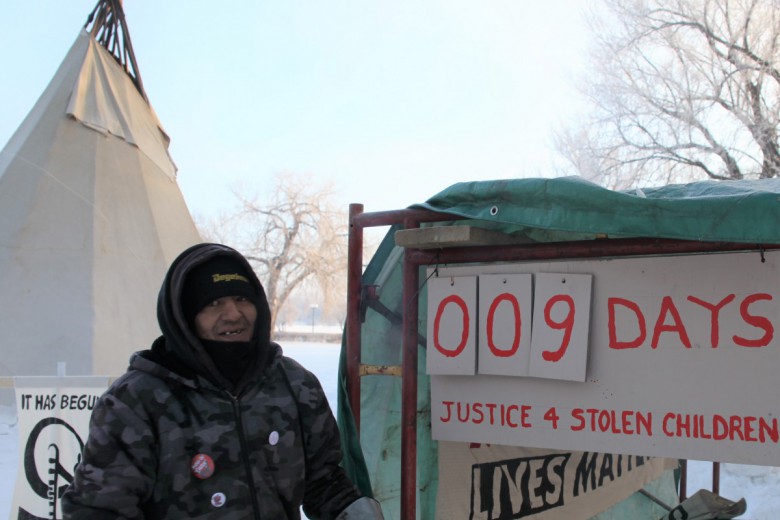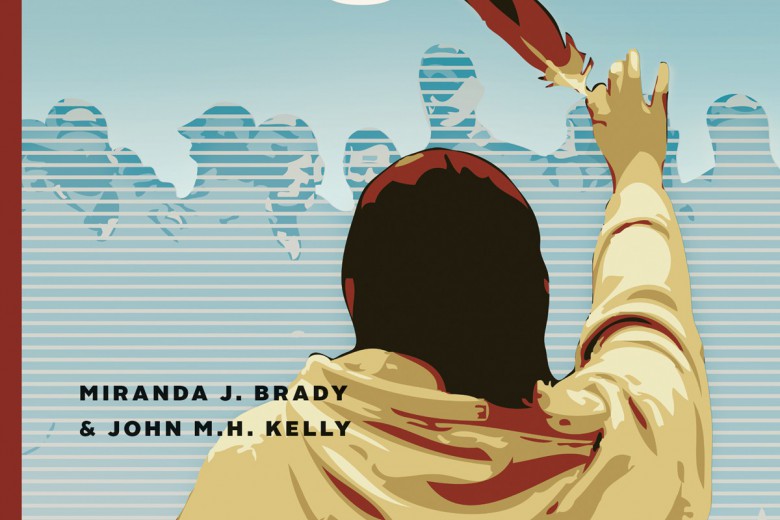In the first few months of 2018 we saw two trials take place and culminate with devastating outcomes. Colten Boushie and Tina Fontaine, two young Indigenous people, both lost their lives at the hands of white violence. Both of their murderers were acquitted. The trials of their killers brought to light the explicit and insidious racist beliefs that exist inside our media, our “justice” system, and society at large.
During the time of the trials, my social media was awash with articles and photos of Boushie and Fontaine, with headlines that turned my stomach. It is hard to express the feelings of immense pain that occur when images of people who resemble those you love are accompanied by racist allegations and ignorant statements. But this is not the first time I saw a sudden surge of settlers posting images of Indigenous pain.
During the #NoDAPL and Water Is Life protests, I was forced to see Indigenous bodies being attacked by police over and over again on my newsfeed. I noticed the same patterns when it came to missing and murdered Indigenous women, girls, and two-spirited people; residential schools and the Truth and Reconciliation Commission; and police brutality and harassment. It started to feel more like a colonial fetish for witnessing Indigenous torment than genuine commiseration.
Then, when vigils and round dances were held for Boushie and Fontaine, hardly any of the settlers who posted these images on my timeline showed up. Too many non-Indigenous folks were happy to broadcast their shock and dismay over the injustice Indigenous people experience, but it was almost exclusively Indigenous communities who came together to fight for justice.
It started to feel more like a colonial fetish for witnessing Indigenous torment than genuine commiseration.
I call this “performative sharing”: when the act of posting potentially upsetting material takes place without consideration of how the article, image, or video might affect individuals who see their communities – or own selves – represented.
As my friend, Kaila JM, tweeted, “Please non-Indigenous folks, I do not need y’all to engage w me about Indigenous justice. I already KNOW of the injustices; I am hurt but I’m not shocked. We don’t need to be reminded of your surprise in learning modern colonialism is pervasive.”
There are many legitimate reasons why someone wouldn’t make it to an action or vigil – like work, school, poor mental health, or an inaccessible venue. But there are hundreds of different vigils and actions held across the year in any given city that speak to these systemic issues, and thousands of variations on ways that settlers can meaningfully challenge colonialism. At some point, your absence is noticed.
Sharing articles about injustice or violence one has never personally experienced is not inherently wrong or problematic. But performative sharing happens when it becomes the end of one’s assumed work, and serves to relieve one’s guilt or burnish one’s politics. It is the act of posting and sharing these issues without engagement that becomes performative. It is the appearance of awareness, appearance of activism, and appearance of care that leads to harm, when none of these performances manifests in action.
Performative sharing happens when it becomes the end of one’s assumed work, and serves to relieve one’s guilt or burnish one’s politics.
This is not just an issue that impacts Indigenous people – others have written about North America’s love of broadcasting viral videos of Black people being brutalized by the police, which is rooted in a history of white people attending lynchings as if they’re concerts. In the 19th century, hyper-visible violence like lynchings was a strategy to suppress dissent among enslaved people.
Today, marginalized people who experience their community’s pain being broadcasted are left to do the hardest work of cleaning up racism. This happens when “good” settlers tag Indigenous people in racist posts, adding comments like “can you believe they think like this? Good thing I’m not one of them.” It’s a means of the privileged deflecting labour back to the marginalized. It puts marginalized folks in the path of racism – directly threatening their safety and well-being – instead of white people and settlers doing the work of quietly challenging the racism themselves.
Anyone – regardless of race, gender, or age – can perform in this way, though what unites performative sharers is a level of privilege that allows them to turn away from the issue after leaving their screen.
For the most part, social media allows for unprecedented power in organizing and educating ourselves, but it also permits shallow, fair-weather involvement with politics. So I will leave you with these steps: engage, internalize, question, and critique yourself. Ask why, and do not perform care until you are ready to deliver on it.







